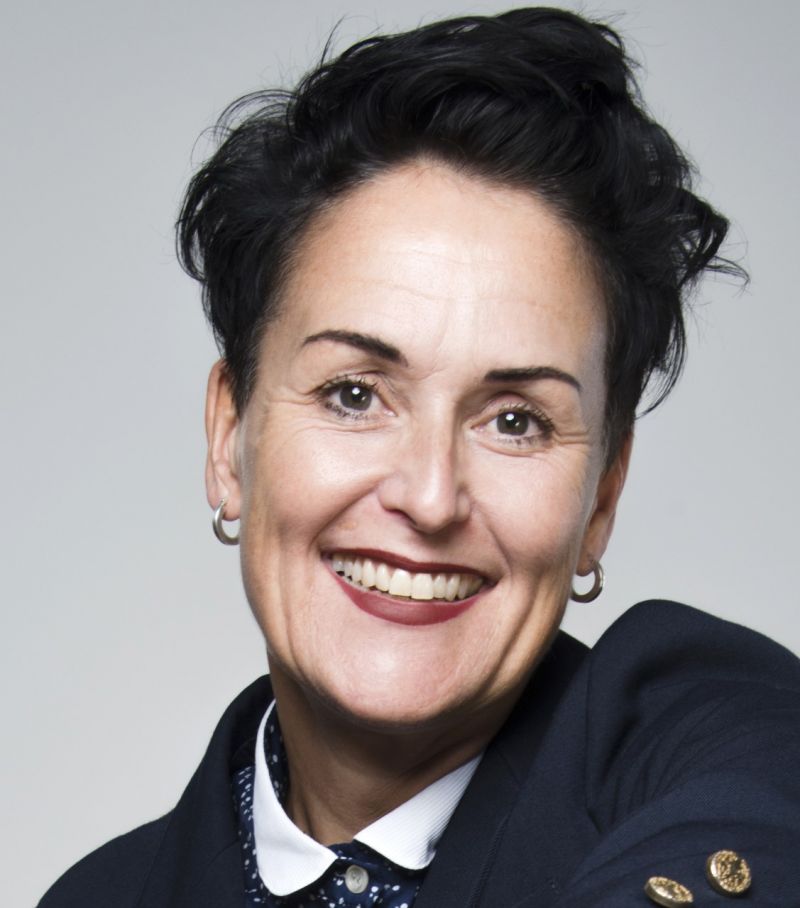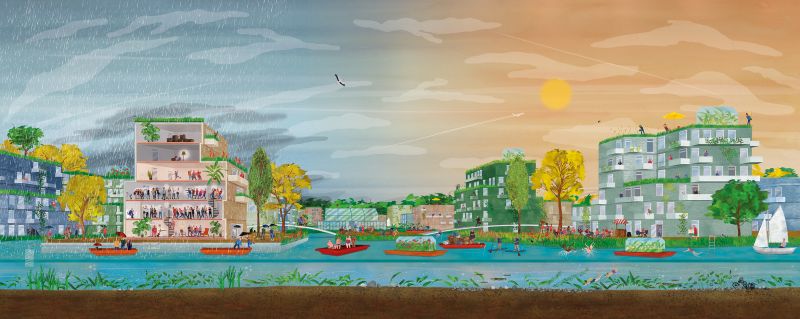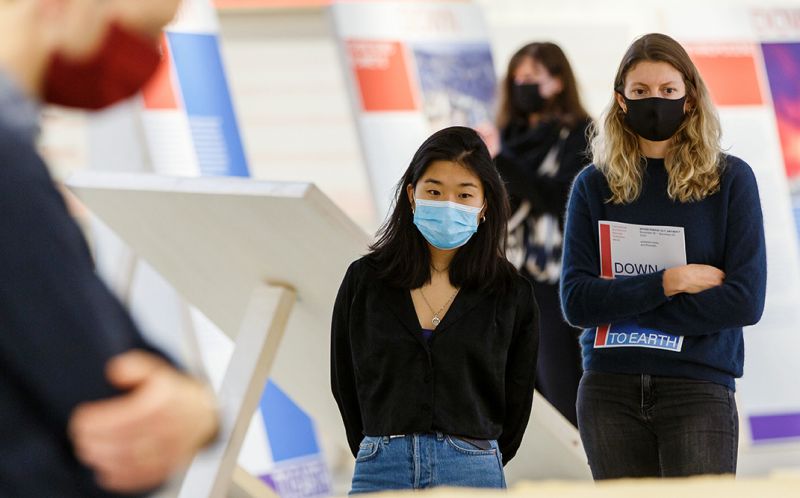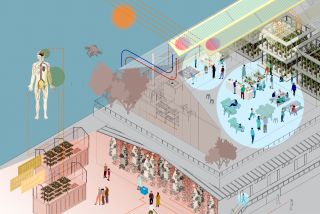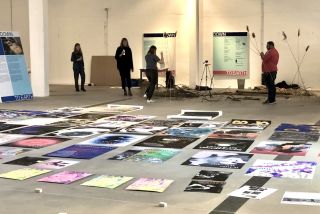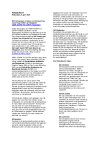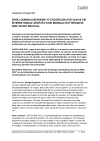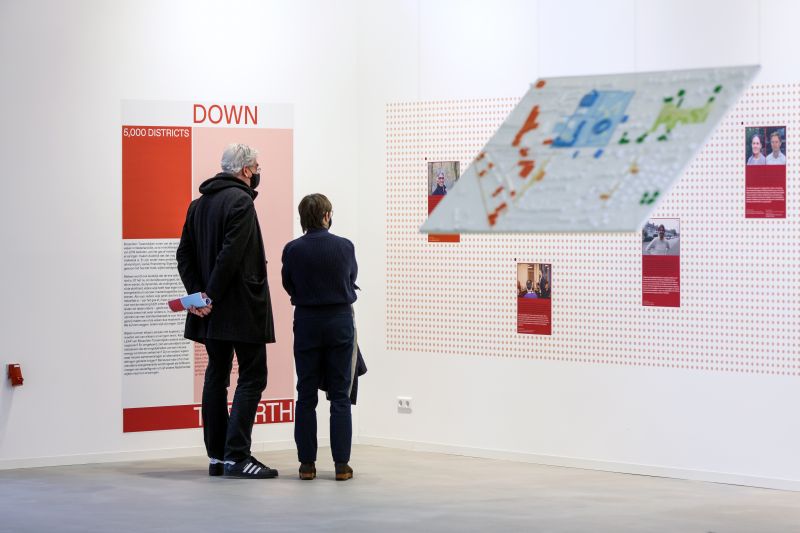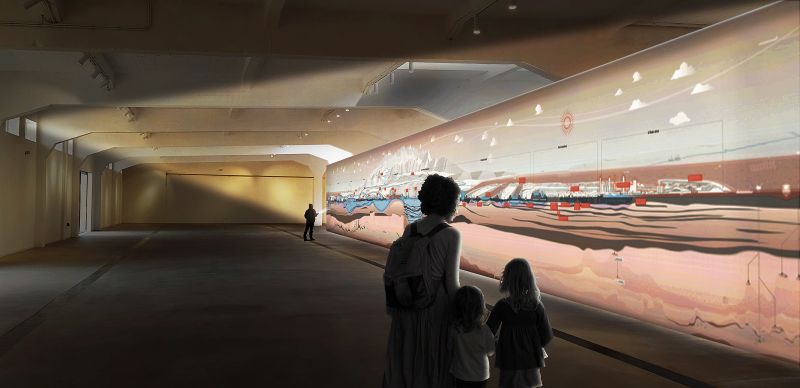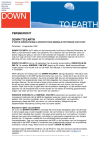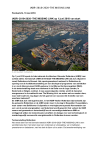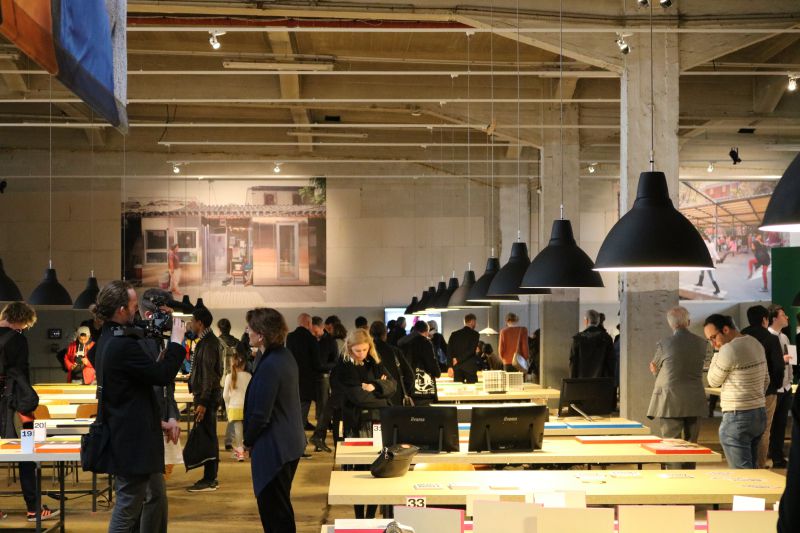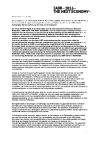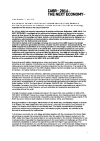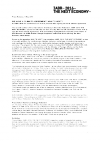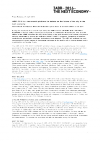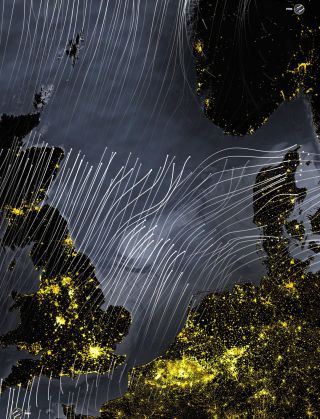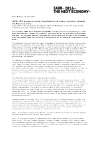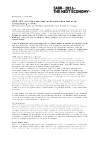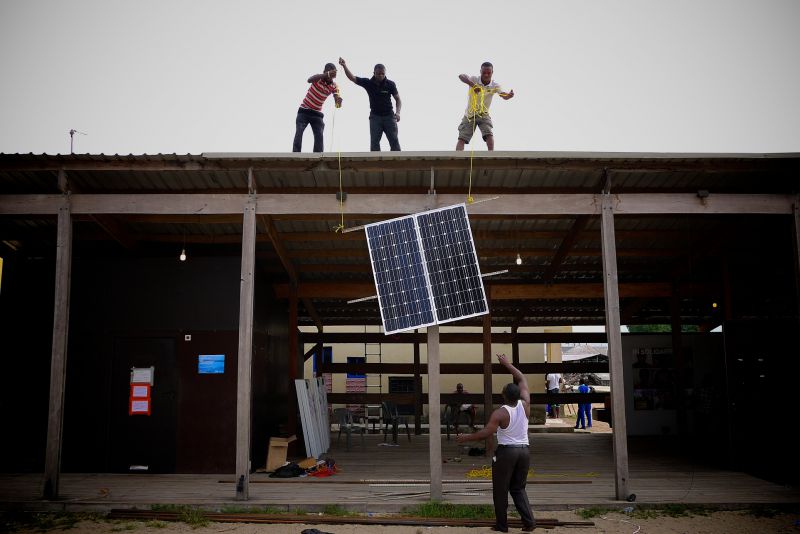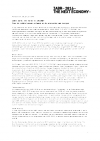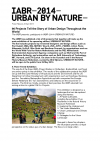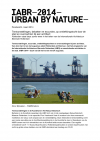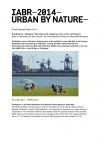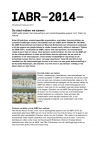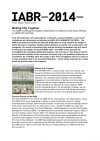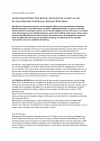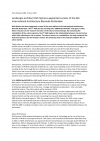First of all, on behalf of all of us here at the IABR I would like to express my heartfelt sympathy with all of you who have been hit by the corona crisis. We wish you, your loved ones, friends and colleagues all it takes: stay healthy, sane and safe!
Given the current circumstances, business as usual is not an option, of course, and that goes for the IABR as well. So, it’s not surprising that many have asked us how the Covid-19 pandemic will impact the planning of IABR–2020–DOWN TO EARTH. In this newsletter I want to inform you of where we currently stand.
The coronavirus has put the whole world on hold and given mankind a truly unique opportunity to take a good hard look at where we’re at. Evidently, we’ve made a mess of our relationship with the planet. As with the climate and biodiversity crises, the pandemic is a direct consequence of human activity, particularly our global economic and financial systems with their stress on endless compound growth and the necessity to exploit nature to its limits. But unlike these other crises, threats that gradually sneak up on us, the pandemic is a grim warning of how nature can suddenly surprise us at any moment. What the coronavirus tells us is that we should no longer fool ourselves and stop clinging to the notion that we’re able to create an autonomous ecosystem, separate from the rest of the biosphere. It’s just not sustainable.
Though not much of a silver lining, the pandemic also shows that DOWN TO EARTH’s core questions are spot on, and more urgent than ever. Indeed, how do we recover our just place on earth, and in harmony with nature? Where can we land?But ‘told you so’ is not a very productive approach for a biennale to have. Exactly because our core questions stand, the pandemic forces us to rethink how to express and frame them, and to focus even harder on the how now part of bringing about the comprehensive transformational change that’s so urgently needed.
How? I have no trouble admitting that I don’t know yet, because trying to run ahead of ourselves would surely be counterproductive. But what I do know is that Covid-19’s deep impact clearly communicates the need to strongly resist scurrying back to normal as soon as we think it’s safe again. Because, and this has been pointed out by many others, normal is exactly the problem.
What’s more, trying to run ahead of ourselves would also be imprudent given that we as well as most of our partners are working at home and in various stages of lockdown all over the world. We’re in the midst of what feels like a global game of Chinese whispers and right now is not a good time for us to prepare for the complicated logistic operation that every biennale is.
We have therefore decided not to keep planning for the opening of the biennale in the first weekend of September, meaning that DOWN TO EARTH will be rescheduled.
This decision is confirmed by the most recent resolutions of the Dutch government. While new rules for relaxing the current physical-distancing restrictions will take effect in the coming weeks, festivals and other events that bring a lot of people together remain prohibited until 1 September. In other words, whether opening the biennale in the first weekend of September would have been viable at all would have remained uncertain for at least another two or three months.
What does this mean for the timing of and approach to DOWN TO EARTH?
The honest answer to this question is that, once again, I don’t know. We are now exploring different scenarios and keeping our options open, both in terms of planning and of the form the biennale will take. The only thing that is certain, if – and that’s a big if – circumstances allow us to organize a proper international exhibition at all, it will not open until very late in the year or, much more likely, even be postponed until the spring of 2021.
However, we may still decide to start in September or October, but initially only in very small settings and/or in an online environment, to find out what works and what doesn’t, and then decide whether we can still move towards a physical exhibition that is adaptive and corona proof. An exhibition that will subsequently end with its Opening, that is, an opening towards the future that we would want DOWN TO EARTH to conclude with.
In the next weeks, we will further explore the different scenarios and expect to secure the ongoing support of our funders and partners for every possible course of events. We will have narrowed down our options by the end of May and we hope to be able to make ‘final yet expiration date unknown’ decisions by the middle of June. We’ll keep you posted.
Again, stay healthy, sane and safe!
George Brugmans
president IABR
